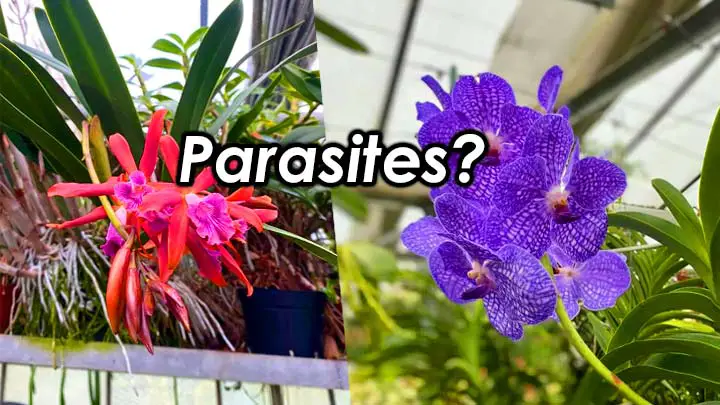
There is a huge divide on orchids. People don’t know whether orchids are parasites, symbiotic, or simply normal plants. This divide set me on the path of finding the truth. Reality is often more complicated than theories. The truth is that some orchids are parasites and some are simply symbiotic.
You have probably heard Orchids are parasites because they have to grow on other plants to survive. It might seem like the Orchids are killing trees by stealing their nutrients, but it is more complicated. Orchids don’t directly steal nutrients. In fact, they might even thrive if the other plant dies.
Botanists and scientists differ on the facts. Sometimes the lines between symbiotic and parasitic orchids are blurred.
What is a parasite?
A parasite is an organism that needs a host to survive. The parasite will get its foods and nutrients at the expense of the host plant. So we need to figure out if orchids steal to the detriment of their host plant.
To answer this question, we need to know the definition of a symbiotic relationship first. When a relationship is symbiotic it means that two different organisms are both benefitting from connecting.
When a tree and an Orchid meet, the tree does not benefit from the relationship, but the Orchid does. Does this mean the relationship is parasitic?
Are Orchids Parasites?
Orchids need a host plant to survive and they siphon nutrients from the host plant. The short answer is that Orchids are parasites. A lot of the time the host plant is not harmed whatsoever, so the long answer is a little bit more complicated.
The long answer is that most orchids are NOT parasitic to their host plant. The host tree will most of the time live their lives as usual. This type is relationship is called commensalism. 1 organism benefits, whilst the other organism sees no changes.
Remember how we said most aren’t parasitic? A whole lot of orchids are outright parasitic on their host tree. These types of orchids get their nutrients because of a fungus they spread. Wood-eating fungus gets spread by some orchids so they can eat their host plant. Without this fungus, the orchids often die. So they are definitely parasitic since they die when they can’t eat the host.
Parasitic orchids
Orchids that need wood-eating fungus are called myco-heterotrophs. This term means the plant get “its food from parasitism upon fungi rather than from photosynthesis.” Here are some examples of myco-heterotrophy orchids.
Epidendrum orchids
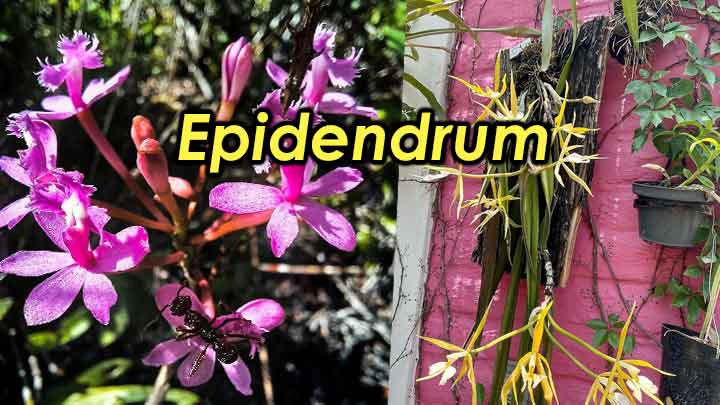
This gene family contains 1500 species of orchids. Most of them are parasitic, but some can also grow on rocks.
Corallorhiza maculata
This orchid does not even do photosynthesis. It gets nutrients from a fungus that eat wood.
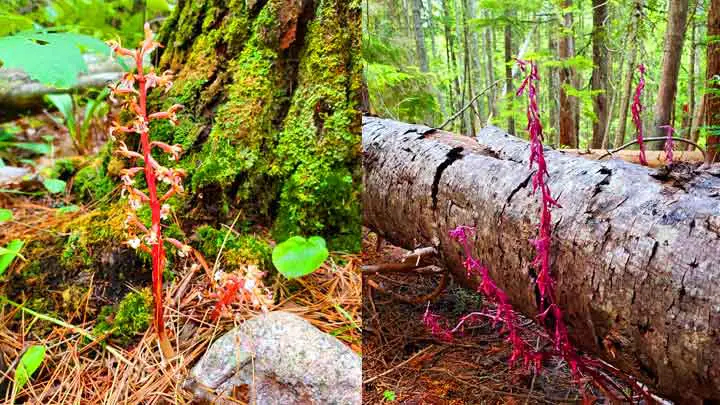
Gastrodia Elata
It is found in Nepal, Bhutan, India, Japan, North Korea, Siberia, Taiwan, and China. This plant needs dying wood to live.
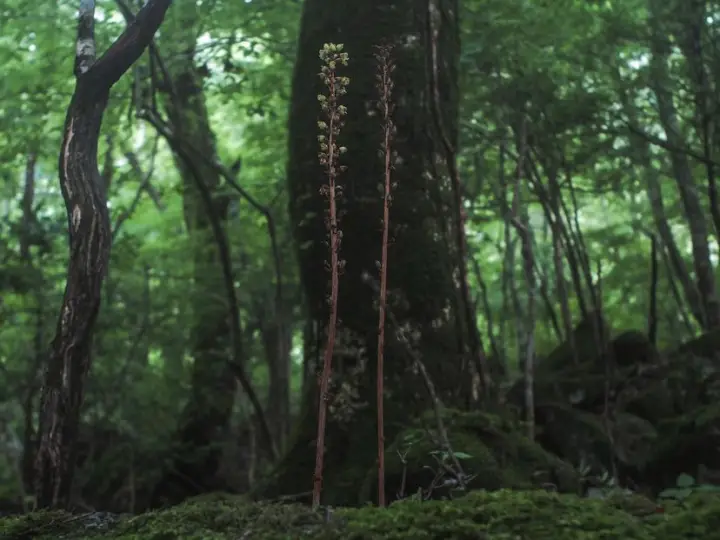
Neottia nidus-avis
This orchid can be found all over Europe and the Middle East. It prefers alpine and beech trees.
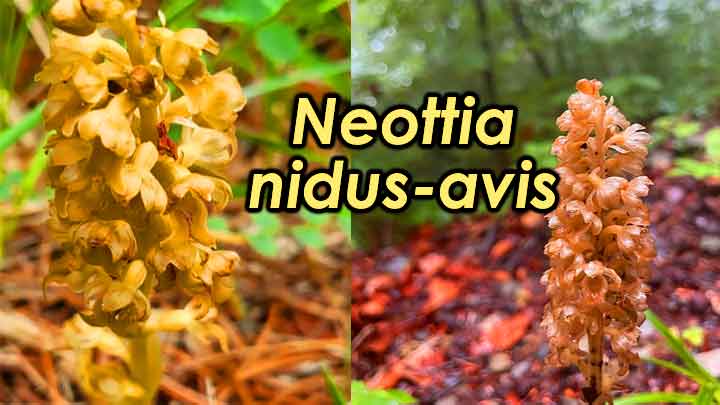
Where do orchids come from?
Orchids grow all over the world. They can be found in every country on all continents. The only exception is Antarctica of course. They grow everywhere where there are dying trees. They can even grow on rocks if the rocks are close to a forest. Orchids are some of the most versatile plants in the world. Not many plant genuses are this diversified!.
What about the Corpse flower
This is the most famous parasitic plant. They are so parasitic that they’ve lost the ability to create chlorophyll. Without this, they cannot ever do photosynthesis. They are 100% reliant on their host plant, and they steal a whole lot from the host. There is even evidence of the Corpse flower stealing GENES from the host tree.
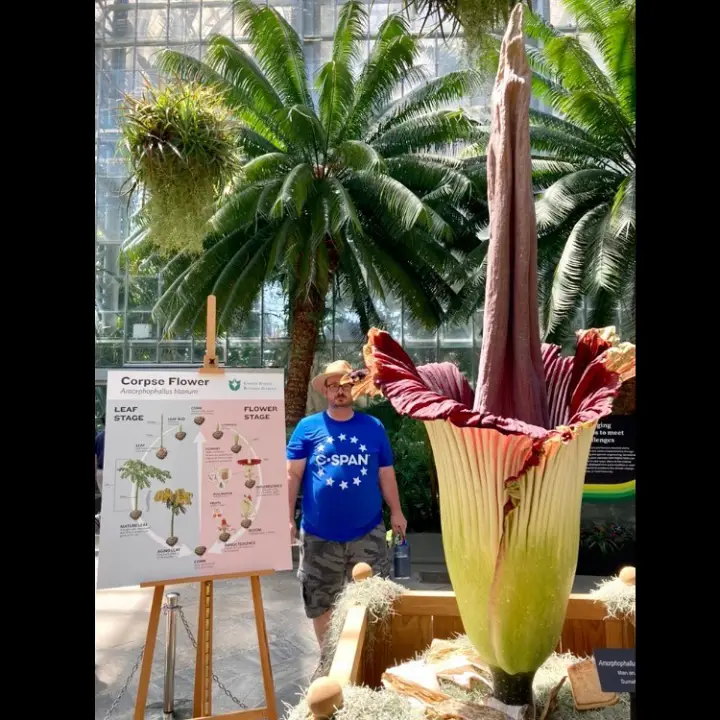
What did we learn?
Orchids can be parasites if they require wood-eating fungus. They aren’t directly parasites, as it is the fungus stealing the nutrition. In the orchis family, there are many differences between the plants. Some are obvious parasites, but most are in commensalism relationships.
